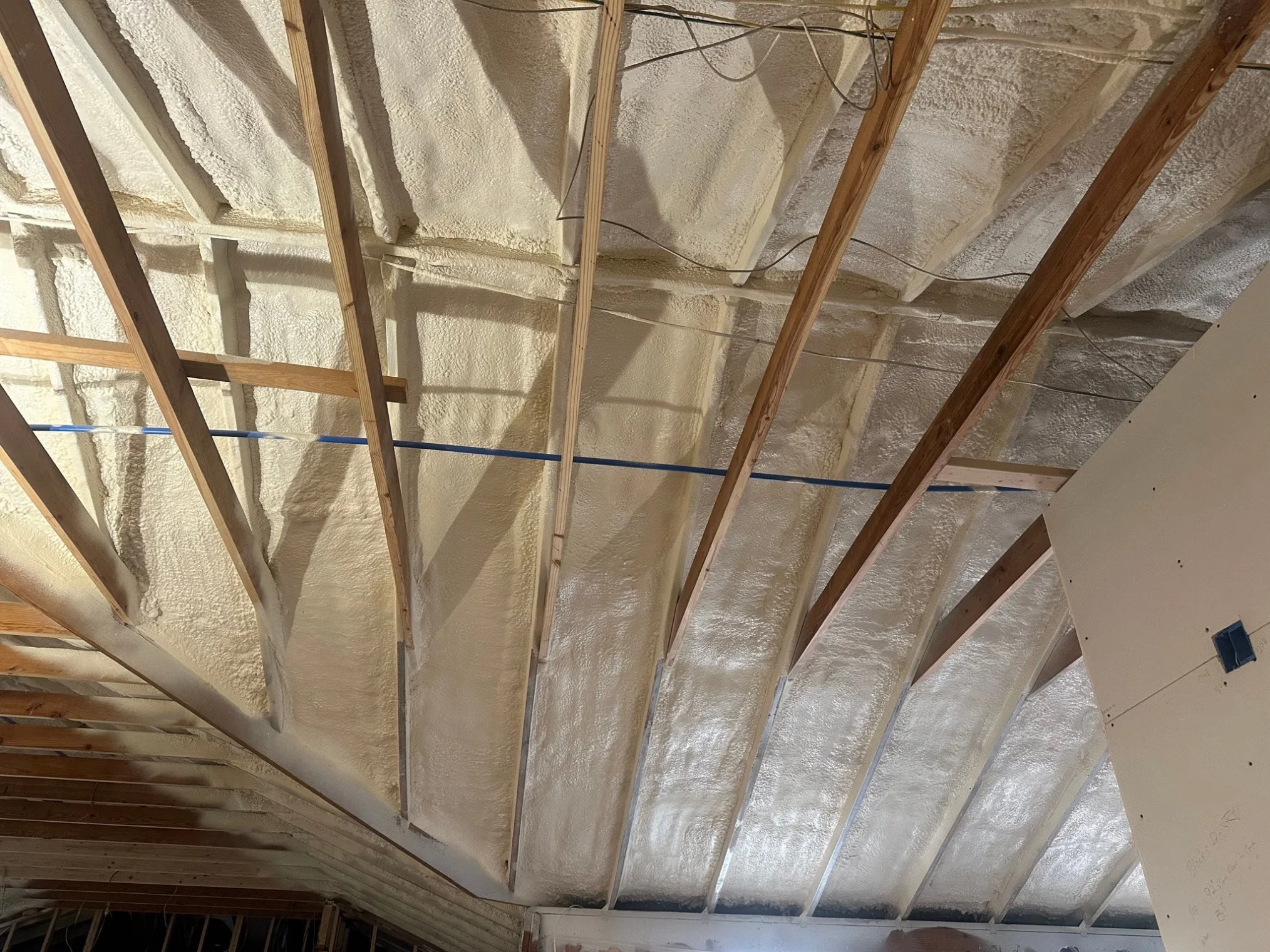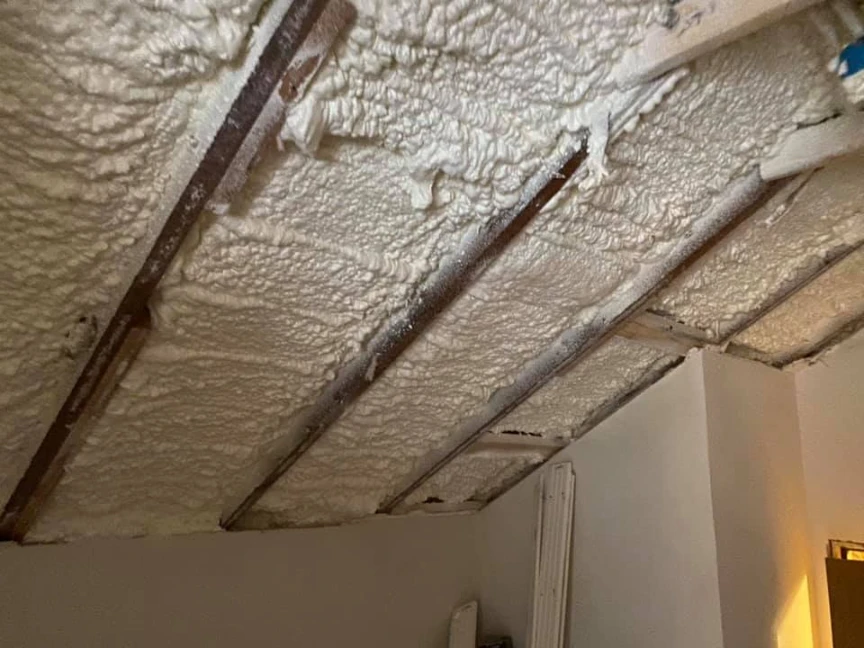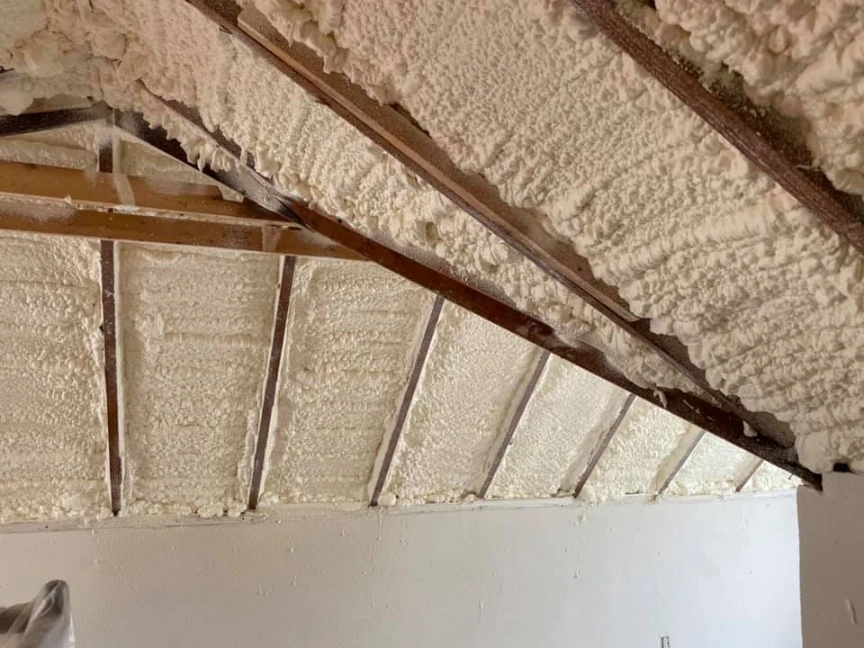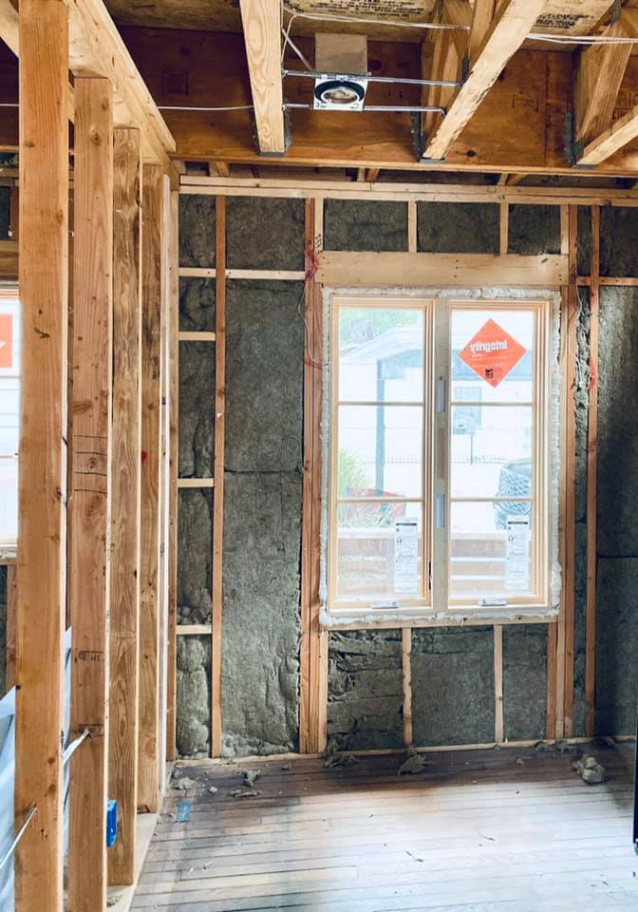Proper insulation is a critical investment that directly increases a property’s long-term value. It accomplishes this by significantly lowering energy consumption, which translates to lower utility bills for future owners a powerful selling point. Beyond savings, insulation enhances the structural health and daily comfort of a home. It creates a more stable indoor climate, reduces outside noise, and helps prevent moisture issues that can lead to costly repairs like mold and wood rot. Appraisers and savvy homebuyers recognize these benefits, often leading to a higher valuation and quicker sale compared to poorly insulated properties.
This article breaks down the specific ways insulation adds tangible value to a property. With years of experience installing and evaluating insulation systems, Stellrr Insulation & Spray Foam has seen firsthand how this single upgrade delivers consistent returns. The information here explains the financial benefits, comfort improvements, and protective qualities that make insulation a smart move for any property owner.
The Direct Financial Returns of Upgraded Insulation
The most immediate and quantifiable benefit of proper insulation is its effect on a property’s finances. This isn’t just about saving money month to month; it’s about building equity and improving marketability.
Lower Energy Bills Attract Buyers
A home with low energy costs is inherently more valuable. Modern buyers are well-informed and often request past utility bills before making an offer. Proper insulation can dramatically reduce heating and cooling expenses. In fact, a project from the U.S. Environmental Protection Agency notes that homeowners can save an average of 15% on heating and cooling costs by air sealing their homes and adding insulation in crawl spaces and attics. This documented savings history becomes a strong negotiating tool and justification for a higher asking price.
Increased Resale Value
Energy-efficient upgrades provide one of the best returns on investment for home improvements. Buyers are willing to pay more for a home that is cheaper to operate and maintain. An annual Cost vs. Value Report from Remodeling Magazine shows that an attic insulation upgrade can recoup over 100% of its cost at resale. This means the project not only pays for itself but can actually generate a profit when the property is sold.
Bonus Tip: Before investing in new insulation, consider a professional energy audit. An audit uses tools like infrared cameras to pinpoint exactly where a home is losing the most energy. This allows a property owner to target the most problematic areas first, maximizing the return on their insulation investment.
Beyond these direct financial gains, a well-insulated property offers significant improvements in daily comfort and livability.
How Insulation Improves Livability and Appeal
While financial returns are a primary driver, the impact of insulation on a home’s comfort and environment is what people experience every day. These quality-of-life improvements are a major factor in a property’s perceived value.
Consistent Year-Round Comfort
Proper insulation eliminates the drafts, cold spots, and stuffy rooms that plague many homes. It works by slowing the transfer of heat, keeping the home warmer in the winter and cooler in the summer. This creates a stable and comfortable indoor environment that is immediately noticeable to anyone who walks through the door during a showing. This level of comfort moves a property from being just a structure to a desirable home.
Significant Noise Reduction
Insulation is also an effective barrier against sound. Materials like spray foam and dense-packed cellulose are excellent at dampening airborne noise from traffic, neighbors, and airplanes. They also reduce sound transmission between rooms inside the home. For properties located in busy urban areas or for multi-family units, this acoustic control can be a standout feature that adds considerable value.
Protecting the Structural Integrity of Your Property
Beyond comfort and savings, insulation performs a critical function behind the walls: protecting the building itself from damage that could devalue it over time.
Moisture and Mold Prevention
Air leaks can carry moisture into wall cavities and attics, where it can condense and lead to mold, mildew, and wood rot. Closed-cell spray foam insulation acts as an air and moisture barrier in one, sealing cavities tightly to block this vapor movement. By preventing moisture buildup, insulation safeguards the wooden frame of the house, preventing long-term structural decay that can be extremely expensive to repair and a major red flag for potential buyers.
A Deterrent for Pests
Certain types of insulation create an inhospitable environment for pests. Borate-treated cellulose insulation, for example, is a fire retardant and also acts as an insecticide and rodenticide. Dense spray foam creates a solid barrier that is difficult for insects and rodents to chew through or nest in. This preventative measure helps protect the home from pest-related damage and contamination.
A Comparative Look at Insulation Materials
The type of insulation installed has a direct effect on its performance and long-term value. While all insulation is better than none, some materials offer superior longevity, protection, and thermal performance.
| Feature | Fiberglass Batts | Blown-In Cellulose | Closed-Cell Spray Foam |
|---|---|---|---|
| Typical R-Value | R-3.1 to R-3.8 per inch | R-3.2 to R-3.8 per inch | R-6.0 to R-7.0 per inch |
| Air Sealing | Poor. Does not stop air leaks. | Fair. Reduces some air movement. | Excellent. Creates an air barrier. |
| Moisture Resistance | Poor. Can hold moisture and support mold. | Poor. Can absorb and hold moisture. | Excellent. Acts as a moisture barrier. |
| Lifespan | 15-25 years. Can sag and compress. | 20-30 years. Can settle over time. | 80+ years. Rigid and does not degrade. |
| Sound Dampening | Fair | Good | Excellent |
As the table shows, while fiberglass may have a lower upfront cost, a material like closed-cell spray foam offers better performance across the board, contributing more to the property’s value over its entire lifespan.
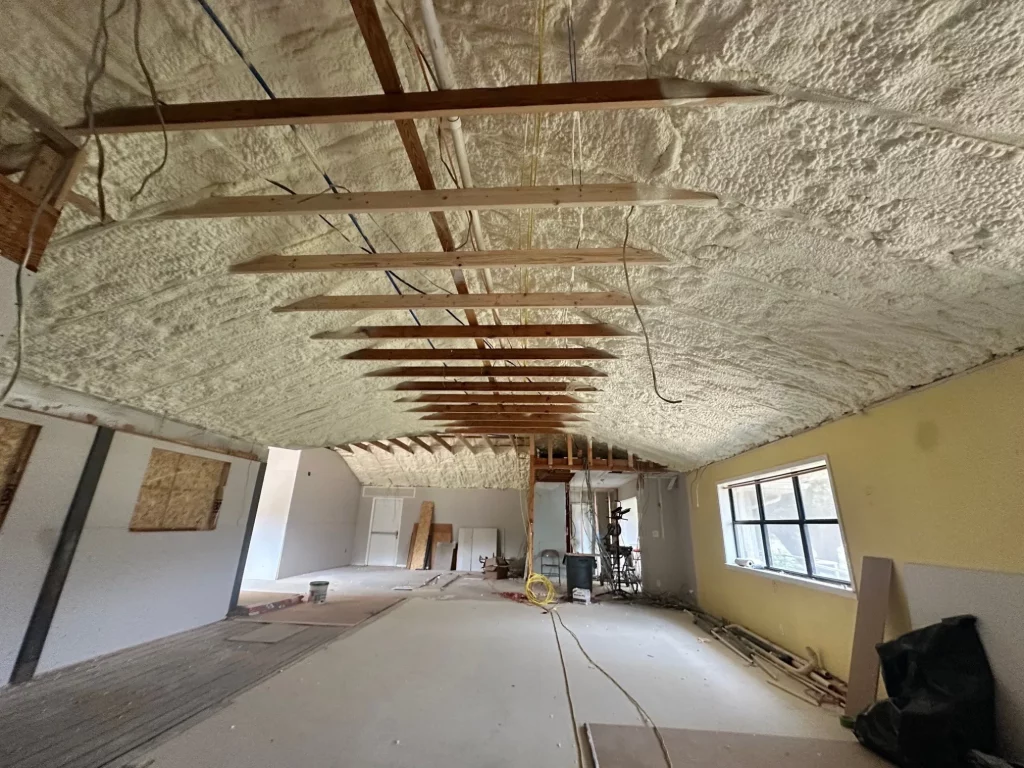
Things to Consider Before Making a Decision
Choosing the right insulation requires looking at more than just the material. Several factors influence the best approach for a specific property.
- Your Climate Zone: The amount of insulation a building needs is measured in R-value, and the recommended R-value varies by location. A resource like the U.S. Department of Energy provides maps and charts showing the appropriate R-values for different parts of the country. Installing the correct amount for the local climate is essential for performance.
- The Age and Condition of the Property: Retrofitting an older home with new insulation presents different challenges than insulating a new build. Access to wall cavities may be limited, and existing issues like moisture or old, degraded insulation must be addressed first.
- Budget vs. Long-Term Goals: A higher upfront cost for a premium product like spray foam often results in greater long-term savings and a higher property value increase. It’s important to weigh the initial expense against the expected payback period and overall return on investment.
- Quality of Installation: Insulation only performs as well as it’s installed. Gaps, voids, and compression can drastically reduce its effectiveness. Professional installation ensures the material is applied correctly to achieve its full R-value and air-sealing potential.
Bonus Tip: Always check for federal, state, or local utility rebates for energy-efficiency upgrades. These programs can often help offset the initial cost of an insulation project, making it even more financially attractive.
Frequently Asked Questions
Can you over-insulate a house?
While you can’t have too high an R-value, it’s possible to make a house too airtight without providing proper ventilation. A tightly sealed home needs a mechanical ventilation system (like an ERV or HRV) to ensure a healthy exchange of fresh air.
Which provides a better return: attic or wall insulation?
For most homes, the attic is the first priority. Since heat rises, a poorly insulated attic is a major source of energy loss. Air sealing and insulating the attic typically provides the fastest and most significant return on investment.
How long does modern insulation last?
The lifespan varies by material. Fiberglass can degrade and compress in as little as 15 years. Cellulose lasts around 20-30 years before it may need to be topped off. Spray foam insulation is highly durable and can last for 80 years or more without losing its performance.
How is insulation value reflected in a home appraisal?
Appraisers are increasingly using addenda, like the Residential Green and Energy Efficient Addendum, to account for a home’s high-performance features. Documenting the type of insulation, its R-value, and professional installation can provide the appraiser with the necessary information to assign a higher value.
What is the typical payback period for an insulation project?
The payback period depends on the climate, the cost of the project, and local energy prices. For many air sealing and insulation projects, the payback period through energy savings alone can be just a few years. When factoring in the increase in home value, the return can be almost immediate.
Are there eco-friendly insulation options that add value?
Yes. Materials like cellulose (made from recycled paper), denim, and cork are considered environmentally friendly options. Spray foam formulas made with soy or other renewable resources are also available. These “green” features can be an attractive selling point for many buyers.
Does removing old, damaged insulation add value?
Absolutely. Old insulation that is moldy, pest-infested, or compressed is not only ineffective but can also pose health risks. Removing it and replacing it with new, high-performance insulation is a necessary step that restores value and protects the home.
Final Thoughts
Spray foam insulation upgradation is a strategic investment in a property’s future. It delivers value from multiple angles: it lowers carrying costs, makes the living space more comfortable and quiet, protects the building’s structure, and results in a higher sale price. When considering home improvements, few others offer such a reliable and multifaceted return. The best first step is to evaluate the property’s specific needs to determine where an insulation upgrade can have the greatest impact.
To see how Stellrr Insulation & Spray Foam is helping more homeowners enhance their property value through high-performance insulation solutions, check out our latest regional expansion update.
Get a Professional Assessment
Understanding the specific needs of your property is the key to a successful insulation project. For a detailed evaluation and clear guidance on the best options for increasing your home’s value, contact the team at Stellrr Insulation & Spray Foam. You can reach an expert by calling (512) 710-2839 or sending an email to info@stellrr.com to discuss your long-term property goals.
Sources
- U.S. Environmental Protection Agency – Provides data on average energy savings from sealing and insulating homes.
- Remodeling Magazine – Publishes the annual Cost vs. Value report, which details the ROI for various home improvement projects, including insulation.
- U.S. Department of Energy – Offers official government recommendations on insulation levels and R-values for different climate zones across the United States.


